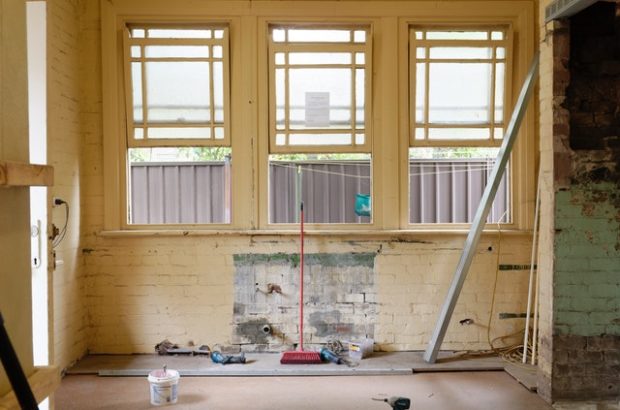Protecting You and Your Home from Dust During Home Improvement Projects
When wanting to get started on a home improvement project, we’re usually up to our eyeballs in color swatches, thoughts about paint types and other interior design concerns. Far less thought is given to any risks associated with such a project, either while it’s happening or much later.


In this article, we’re choosing to focus on the less sexy side of making home improvements – doing it safely and without any long-term negative effects. Let’s get started.
Dust – The Seen and Unseen Enemy
Homeowners planning to knock down a non-load bearing wall or take off the paint to replace some drywall on the ceiling can run into difficulties. Dust in various forms often results from tampering with walls or ceilings because most homeowners don’t know what is behind the facade, especially if their home was building decades ago.
Silica dust, combustible dust, and other airborne dust particulates can be dangerous to breathe in. Indeed, some can cause cancer, even in tiny amounts. Dust particles can also be too small to see with the naked eye. While household dust is usually not a major concern when opening up walls and ceilings, dated building materials can break up and material dust can get released into the air very easily.
Safety Standards Were Different in the Past
Safety standards in the building industry vary and improve over time. It’s very easy to put a sledgehammer to a wall and not get back what you expected. Sometimes, adversely so.
Even though you may be planning to use the latest materials with excellent standards applied to their manufacturer, removing older builder materials first is necessary. And therein lies the danger.
It’s certainly worth looking into the history of the building and what materials were used. Also, check planning records and other historical information. Alternatively, examine any home inspector’s report for the building which may have been done pre-purchase to look for defects. Doing this may highlight areas of concern before going ahead.
How to Protect Yourself During a Home Improvement Project
Use a 3M face mask that is capable of filtering out dust particulate. An N95 rated face mask is usually sufficient for this purpose and is inexpensive.
Within the home, use the Trimaco dust containment system to protect the home and contain dust from works going on. There are different options here. One is a zip-up sheet that extends from floor to ceiling, effectively blocking off the other side of the room that’s being worked on. Another is an enclosed plastic sheeting that comes with a zipper door to move in and out safely without contaminating the rest of the home.
The idea here is to avoid breathing in dust while performing home improvements but also to prevent the spreading of dangerous particles to other areas too. By using a mask and containment systems where material dust created can be isolated and cleaned up before the project is complete, it removes the risk for you.
As long as you follow sensible procedures and use the right protective materials to avoid breathing in or spreading dust around, there’s little concern with doing home improvements yourself. Then you can go back to focusing on the interior design side of things.